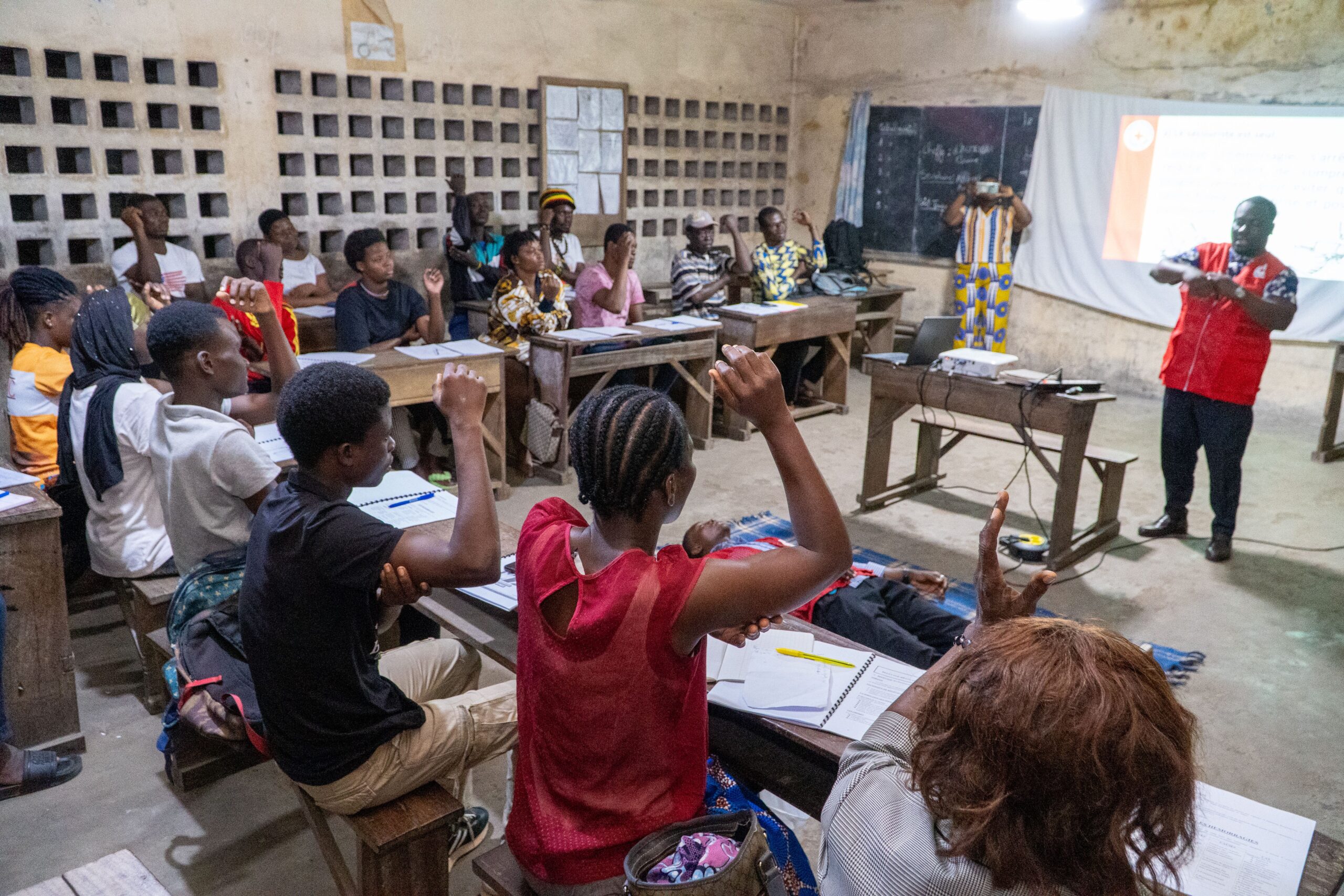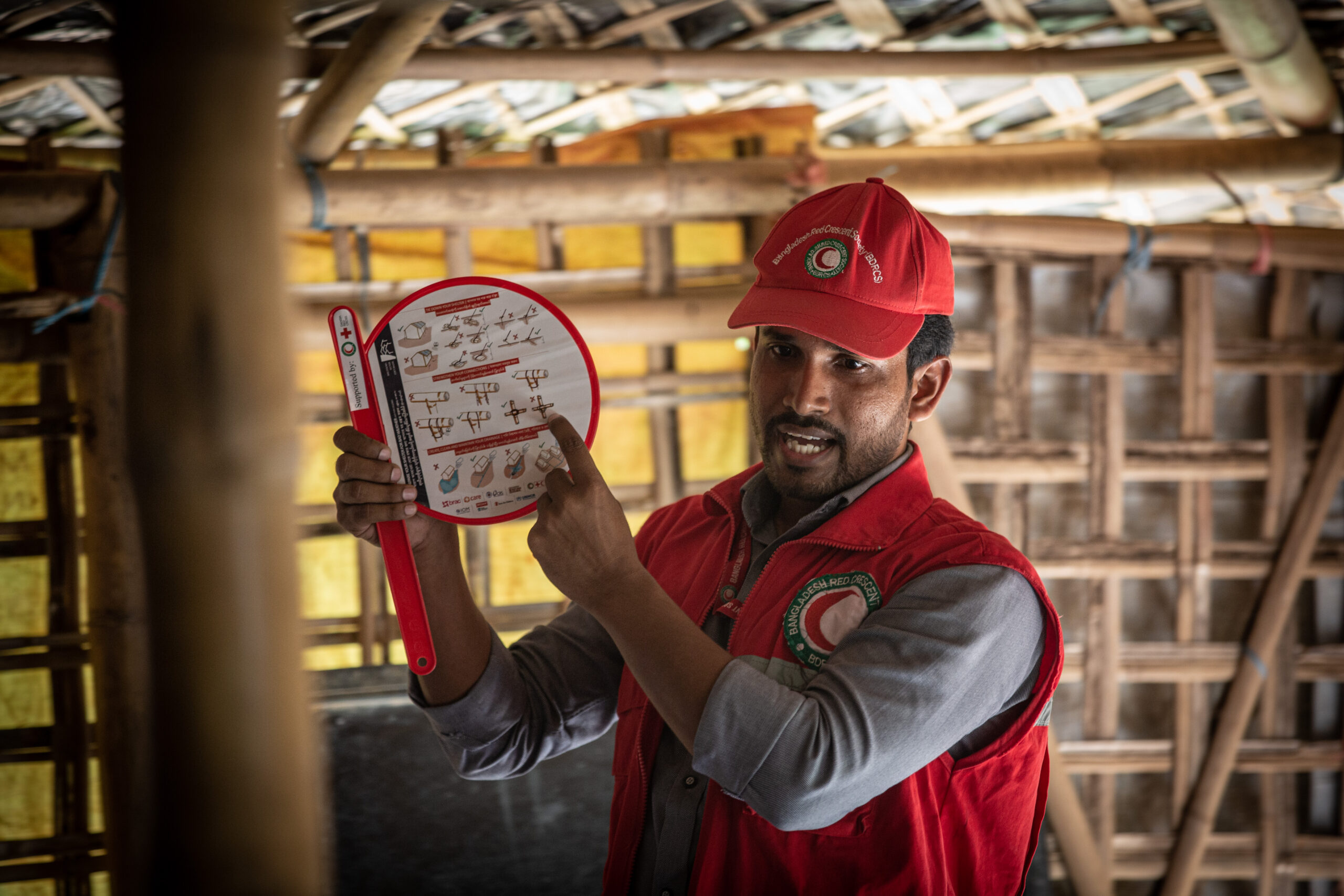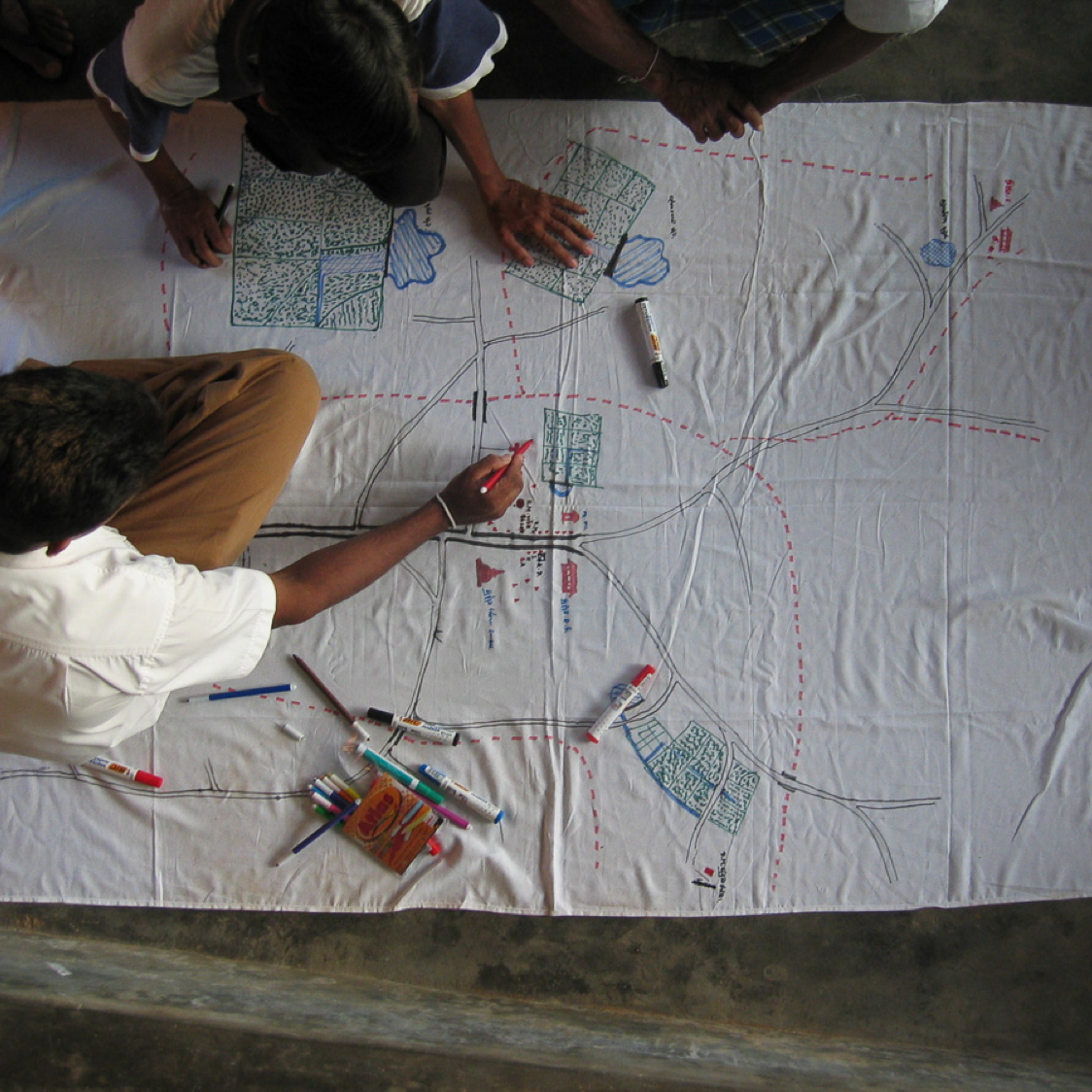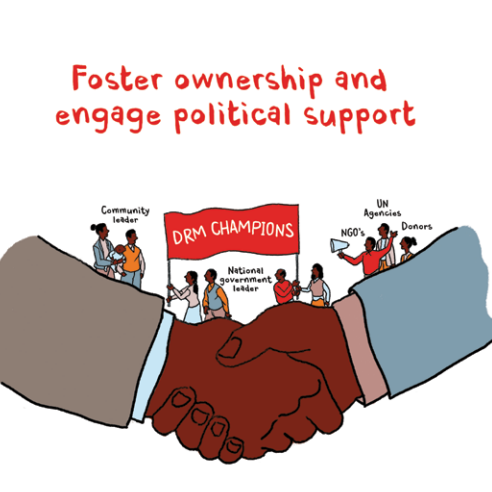Capacity Building for Disaster Risk Management
Capacity (or the lack of it) is central to reducing disaster risk and therefore critical to meeting development objectives. In this context, capacity building for Disaster Risk Management (DRM) is a crucial process that aims to enhance the competencies and skills of individuals, organizations, and communities to effectively manage and reduce disaster risks.

What is capacity building for disaster risk management?
Capacity refers to the strengths, attributes and resources available within a community, organization or society that enable them to effectively manage disaster risks and build resilience. Rather than viewing capacity as merely the opposite of vulnerability, it is important to recognize that even disadvantaged groups have inherent capabilities to draw upon.
Capacity may include infrastructure, institutions, human knowledge and skills, and collective attributes such as social relationships, leadership and management. Common threads across definitions of capacity include:
- Capacity centers on abilities and competencies to achieve a given objective or objectives.
- Capacity operates at different levels – individual, organizational, institutional and societal.
- Capacity is a broad concept which touches not just on technical abilities but resources, context and relationships.
Capacity development is the process by which individuals, organizations and societies obtain, strengthen and maintain the capabilities to set and achieve their own development objectives over time. It involves learning and training, as well as continuous efforts to develop institutions, awareness, financial resources, technology, and an enabling environment. Though some delineate between capacity building and capacity development, here the terms are synonymous.
In disaster risk management (DRM), capacity building means to the efforts to strengthen the competencies and skills of a target organization, group or community to enable them to drive disaster risk reduction (DRR) efforts, or in a broader sense development, in a sustainable way in the future. DRM capacity refers to the capability to both reduce disaster risk and manage the impacts.
Enhanced Vulnerability and Capacity Assessment (EVCA)
A guide to EVCA, the Red Cross Red Crescent's long-standing approach to community resilience
Why does capacity building for disaster risk management matter?
Capacity building is essential for reducing disaster risk and meeting development goals. Effective capacity building generates greater sustained abilities to plan and implement disaster risk management (DRM), ultimately decreasing vulnerability.
At the household level, capacities are often internal or endogenous to communities, meaning people have agency over developing their skills and resources. Building capacity may be an easier strategy for individuals to cope with vulnerability since many root causes of vulnerability stem from economic and political conditions beyond households' control. Enhancing DRM capacity allows vulnerable communities to better prepare, respond, and adapt to climate change.
The need for DRM capacity building is identified within global frameworks like the Sendai Framework for Disaster Risk Reduction (2015-2030) as a priority across governance levels, from national to local. The urgency to close capacity gaps is also affirmed internationally given rising vulnerability in developing countries. Without adequate capacity development mechanisms supporting implementation, it will be impossible to achieve agreed targets.

State of play in capacity building for DRM
Recent decades have seen key advances in how disaster risk management (DRM) capacity building is implemented. Efforts have focused more on enhancing local ownership, tailoring initiatives to the specific context, building functional rather than theoretical capacity, and improving the real-world impact of training programs. However, there remains a fragmented, short-term, and uncoordinated approach, rather than a systematic long-term strategy across agencies. There is potential for international agencies to collaborate more closely to spur systemic change towards disaster risk reduction.
There also appears to be a “missing middle” with most initiatives targeting national and community levels, while overlooking subnational government. This represents a notable gap given the importance of provincial and state disaster management capacities.
Initiatives also tend to be very short-term - less than 3 years on average - with few exceeding 5 years. Not enough emphasis is placed on sustaining capacities after programming ends. Additionally, many implementers do not conduct thorough capacity needs assessments early enough in the design process. Monitoring and evaluation of DRM capacity building remains weak in both quality and rigor.
In summary, while progress has been made in some DRM capacity building approaches, systemic issues persist around coordination, short time horizons, and gaps at subnational levels. More focus is required on rigorous planning and assessment, sustainability, and strong monitoring and evaluation to understand impact.
Strategic Research into National and Local Capacity Building for Disaster Risk Management
IFRC-supported research examines effective practices in capacity building for disaster risk management
Key Principles for effective capacity building for DRM
Research conducted by the IFRC has identified six important principles for ensuring effective disaster risk management (DRM) capacity building programs. These principles provide guidance for international agencies and NGOs on both the process and content of capacity building initiatives.
The need to approach capacity-building flexibly, ensuring the design is context-appropriate and responsive to needs rather than an externally-imposed uniform approach. This includes careful assessment of capacity needs, reinforcing existing capacities, and understanding political and power dimensions.
Careful design is critical so interventions can meet objectives and have sustainability. This includes appropriate scheduling of interventions so that pressure to show visible results does not undermine capacity building. Also critical is planning for the long-term sustainability of capacity gains after the withdrawal of interventions. Comprehensive planning includes a robust system for monitoring and evaluation.
Those targeted for capacity building should have a clear, significant role in design and implementation, which helps ensure appropriateness, effectiveness and sustainability. Ownership requires participation, clear responsibilities, leader engagement, and aligning with existing DRM and DRR strategies.
Move beyond improving technical skills and resources to developing stakeholder and organizational abilities for effective DRM decision-making and actions. This includes aspects such as improving coordination and developing policies and plans. It also includes creating an enabling environment for effective decisions and actions, such as developing incentives for good staff performance, and building support among stakeholders to see DRM as a priority issue.
Build capacity to coordinate and collaborate across scales and with diverse stakeholders. Capacity building can act to bridge capacity and communication gaps that commonly exist between national and local levels. Initiatives can focus on building capacity of networks of stakeholders, and on building local people’s capacity to interact with other stakeholders.
Take a more holistic DRR approach including: understanding and planning for long-term changes in risk; moving beyond a focus on short-term emergency management to capacity in disaster prevention, mitigation and long-term recovery; prioritizing the reduction of vulnerability; targeting the needs of vulnerable groups; and addressing gender inequalities in both vulnerability and capacity.



